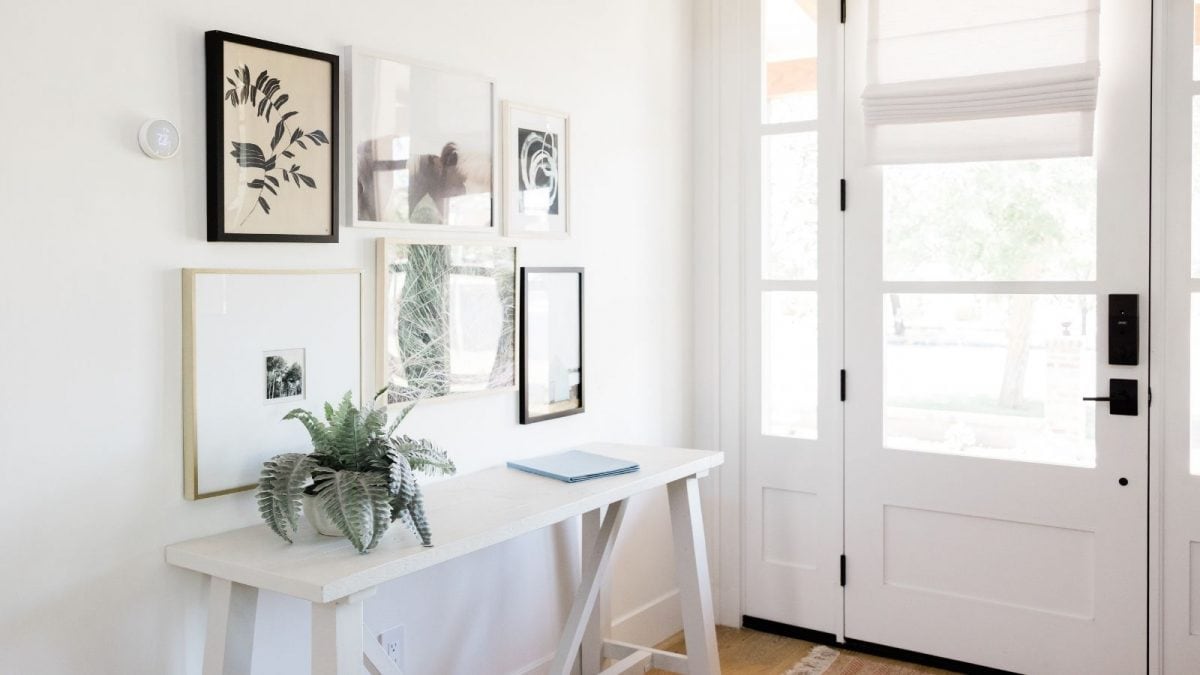Last Updated:
The modern Indian home is embracing eco-friendly interiors, proving that green living can be both stylish and practical

Green living in India is not about giving up style. It is about living smarter, cleaner, and more thoughtfully. The best interiors are the ones that look amazing and feel right.
In today’s fast-paced world, Indian homeowners are redefining what luxury means. It is no longer just about opulence, but about balance creating homes that are beautiful, functional, and kind to the planet. Sustainability has moved beyond being a mere buzzword; it is now a design philosophy. The modern Indian home is embracing eco-friendly interiors, proving that green living can be both stylish and practical.
Parimal Palsokar, Head of Design Strategy, MagickHome, is one of those rare designers who blends deep industry experience with an effortless, down-to-earth approach. Passionate about creating spaces that reflect both lifestyle and values, he believes sustainability is more than a fleeting design trend. “For me, sustainability is more than a trend. It’s a way of living. Eco-friendly interiors are not about compromise. They are about making smart choices that feel good, look great, and make life better for you and the planet.”
Materials That Speak Volumes
According to Palsokar, natural and recycled materials are at the forefront of this shift. “Eco-friendly does not mean dull. Today, a bamboo accent wall or a sofa made from recycled fabrics can look straight out of a magazine while still being kind to the planet. I love using bamboo, reclaimed wood, recycled metals, and natural fabrics in ways that feel modern yet mindful. These materials are not just sustainable; they tell a story and give spaces character.”
This philosophy resonates strongly with the work of Studio Abrash, a contemporary rug brand deeply invested in ethical craftsmanship. Co-Founder Sahil Jain emphasizes how rugs have become lifestyle statements. “Every rug is created under fair and dignified conditions, using the finest natural materials that preserve their unique character. By supporting skilled artisans and honoring age-old techniques, we ensure that each piece is woven with integrity. We are equally focused on innovation, incorporating recycled PET yarn and undyed yarns which use no chemical dyes. Our low-waste practices aim to reduce our environmental footprint.”
Eco-friendly rugs and floor coverings made of jute, hemp, organic cotton, or recycled fibers not only add warmth and texture but also regulate indoor temperatures, making them particularly suited to Indian climates. By connecting contemporary design with traditional craftsmanship, Studio Abrash reflects how sustainability can also celebrate India’s rich cultural legacy.
Smarter Homes, Not Just Stylish Ones
Technology is another dimension where sustainability and design merge seamlessly. Palsokar points out, “Energy-efficient lighting, smart thermostats, and clever appliance choices make homes more intelligent without turning them into a gadget showroom. When design meets technology, it is not just about saving energy. It is about creating spaces that make life effortless while reducing the footprint.”
This balance between style and functionality is what makes modern eco-living truly aspirational.
Upcycling and Second-Life Furniture
In cities like Bengaluru and Mumbai, eco-conscious millennials and Gen Z are turning to thrifted and upcycled furniture. An antique trunk repurposed as a coffee table, or discarded wood reinvented into shelving, reflects not just sustainability but also creativity and individuality. As Jain notes, supporting slow design and mindful consumption ensures that interiors carry both beauty and responsibility.
Low-Toxicity Paints and Natural Finishes
A growing awareness around indoor wellness has led to the rise of eco-friendly paints and finishes. Low-VOC paints, lime plaster, and clay-based options reduce toxicity while offering earthy, cooling finishes perfectly aligned with India’s tropical climate.
Bringing the Outdoors In
For Palsokar, connecting homes with nature is at the heart of mindful living. “I am a big believer in biophilic design. Indoor plants, vertical gardens, and natural light transform a home into a sanctuary. Spaces that connect with nature make people feel alive and calm at the same time. Green living is not just good for the planet; it is good for the soul.”
Local, Sustainable Luxury
The idea of “green luxury” is gaining momentum. From artisanal handwoven throws to eco-conscious décor accents and stoneware pottery, Indian brands are making sustainability aspirational. Choosing locally crafted pieces not only reduces carbon footprints but also preserves heritage crafts.
As Palsokar sums it up, “Green living in India is not about giving up style. It is about living smarter, cleaner, and more thoughtfully. The best interiors are the ones that look amazing and feel right. Sustainability just makes them smarter.”

Swati Chaturvedi, a seasoned media and journalism aficionado with over 10 years of expertise, is not just a storyteller; she’s a weaver of wit and wisdom in the digital landscape. As a key figure in News18 Engl…Read More
Swati Chaturvedi, a seasoned media and journalism aficionado with over 10 years of expertise, is not just a storyteller; she’s a weaver of wit and wisdom in the digital landscape. As a key figure in News18 Engl… Read More








